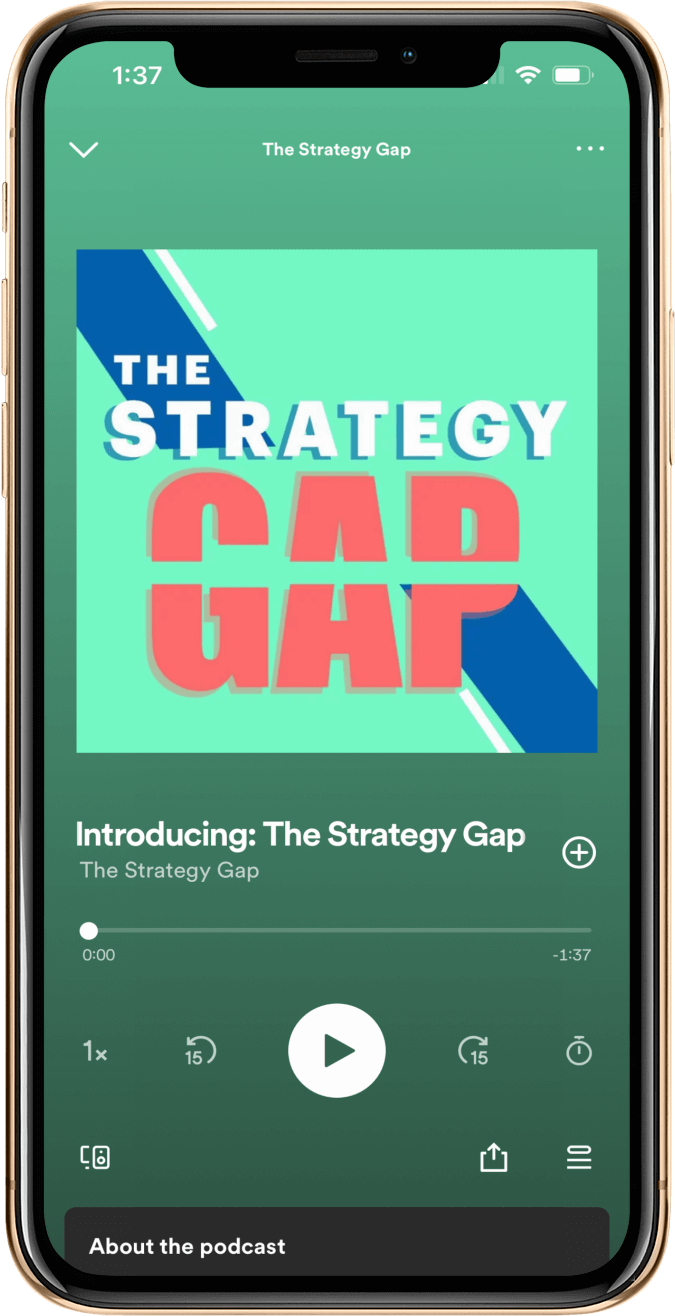Strategy & Revenue Operations Leader Lester Ang highlights the crucial need for balance between big-picture strategy and detailed work in strategy and revenue operations.
As a seasoned strategy and revenue operations advisor with a robust background in global teams and growth transformation, Lester brings no shortage of insights when it comes to effective leadership transitions and the role of listening, understanding, and adaptability to gain trust and credibility within any organization.
Balancing big-picture strategy with detailed work
To achieve desired outcomes, leaders and consultants must balance alternating between broad strategic views and detailed tasks.
For example, when consulting with the Massachusetts Office of Vital Records, Lester and his team were faced with how to overcome a conflict between the office’s back-end workload and their schedule of availability to the public.
To effectively manage their workload, employees felt there was no way the office could be open on Tuesdays. However, the inconvenience to patrons as well as the loss of revenue proved the office needed to be open.
To address the issue and ensure the office could open on Tuesdays, Lester and his consulting team had to look at the bigger picture.
“We zoomed out and asked what we were actually trying to solve for. We needed to think outside the box and convince them how important it was to be open,” Lester says.
The solution ended up being something the team had never done before: implementing a staggered schedule.
Employees were able to elect what time they could arrive and leave the office — allowing people with families to arrive and leave early and others to arrive and leave later.
Effectively, this opened the office up to operating outside of a 40-hour per week schedule and allowed them to open on Tuesdays because of an increased number of total working hours.
Changing perspectives through zooming in and out
People often talk about being able to zoom in and zoom out when it comes to strategy — taking a look at grand strategy one minute and tactical initiatives and detailed metrics the next.
However, they often lack the sense of intuition necessary to zoom in and out effectively.
A good sense of intuition about when you need to be detailed and when the details are going to drag you down is imperative for effective strategy development and execution.
Sometimes it’s necessary to take a step back, take in the bigger picture and rearrange the pieces on the table. Changing perspectives could save you from going in circles and remaining solutionless.
Building intuition on when to zoom in or out
Start building intuition by opening a conversation. Ask yourself and your team to come up with the biggest reason your plan could fail and the biggest reason it could succeed.
Then, sit back and listen. Look for the weakest link in making change happen and confront it.
For example, if you ask for potential reasons a strategy might not be successful and start hearing concerns about price, you know to zoom in on the price point.
“Building intuition is really about understanding all the reasons something hasn’t worked until now,” says Lester. “If you really understand that, you’ll know what details you need to pay attention to.”
3 tips for zooming through barriers as a consultant or emerging leader
Coming in as a consultant or new member of leadership can have you feeling like you’re walking on eggshells — trying not to seem confrontational, threatening or arrogant but friendly, open and understanding.
How can you ensure you start off on the right foot with a new team as an outside consultant or leader?
Tip #1: Be an active listener
One of the best ways to effectively break into a new environment might seem trivial, but it works: just listen.
“Do a lot of listening,” says Lester. “I typically don’t implement any changes in the first three months.”
Not making changes may seem counterintuitive — especially in a startup environment, but listening and building rapport builds credibility and fosters trust.
Rather than going in and immediately making changes, ask questions and have conversations that lead people to different ways of thinking.
“Allowing people to come to their own conclusions about a hypothetical outcome you’re trying to achieve in the first three months is still making iterative progress,” Lester says.
Tip #2: Understand what you’re hearing
You’re not actively listening if you’re not also aiming to understand.
A downfall of some DevOps leaders is they have a deep understanding of systems, technology, company goals and values and their product but lack such an understanding of the people they’re working with.
“Knowing people’s backgrounds helps leaders understand why they think about a certain problem a certain way and provides insight on how to approach them,” says Lester.
For example, someone who started in sales and landed in RevOps will think differently than someone who started in finance. As a leader or consultant, it’s necessary to approach these two people in different ways.
Tip #3: Keep paying attention to the little details
When starting out in RevOps, analysts build skills centered around being very detail-oriented and quantitative.
Often, when these people transition to higher roles, they fail to apply that level of attention to detail to the people they manage.
“Managers need to understand both the systems and the people they’re working with to the same level of attentiveness,” Lester says.
Maintaining a deeper level of understanding for the people they work with puts leaders in a better position to foster a supportive environment for their team members and helps build trust.
Interested in learning more about balancing big-picture strategy with detailed work, effective leadership and team management, or building your intuition to master the art of zooming in and out? Listen to the full conversation with Lester on Apple Podcasts, Spotify, or your favorite podcast player.
Listen to The Strategy Gap
A podcast about the space between savvy strategy and practical execution, including everything that can go wrong on the way.




